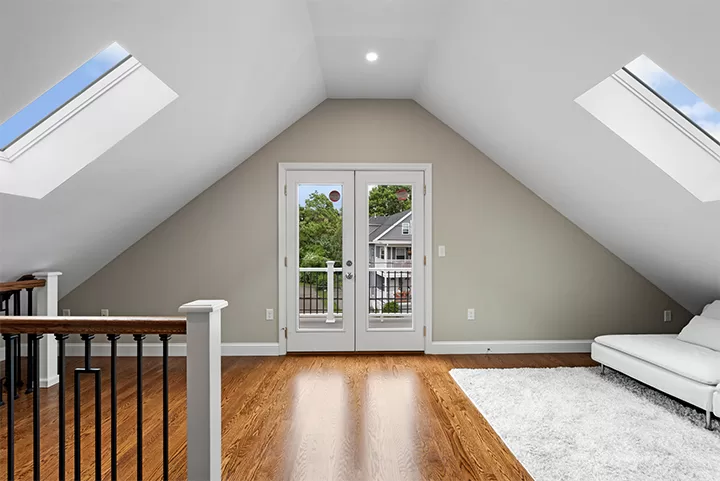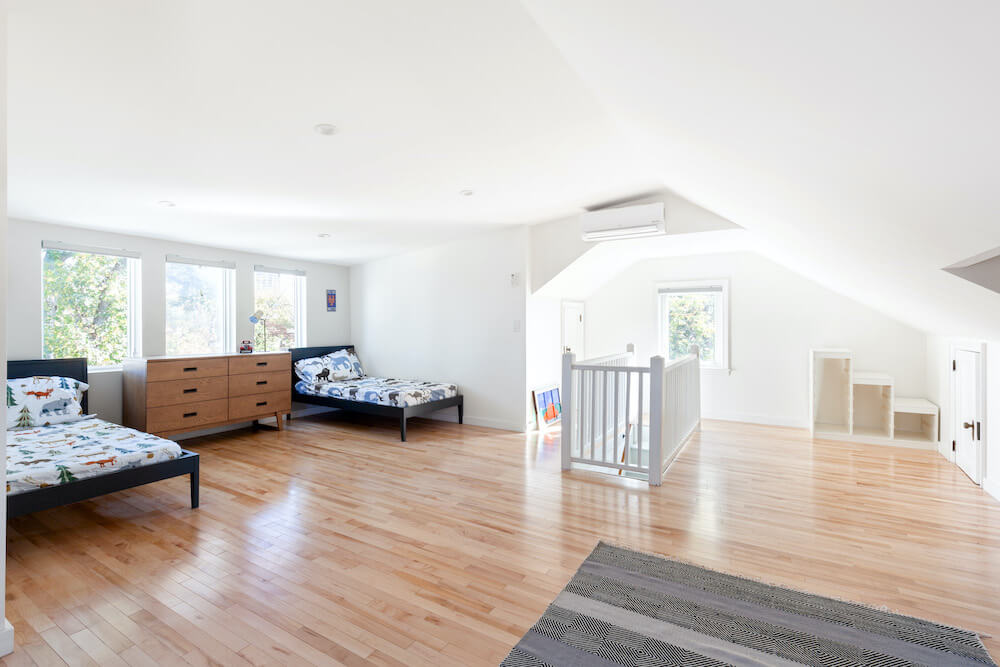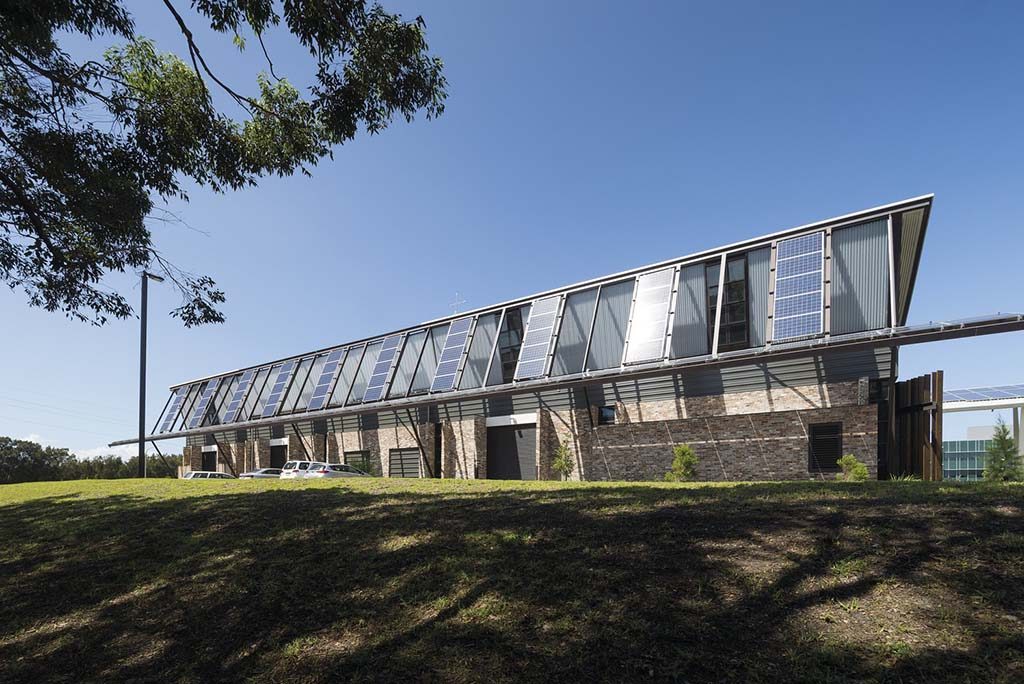When it comes to transforming your attic into a usable space, attic lighting fixture installation is a crucial step. Whether you’re looking to create a cozy retreat, a functional home office, or a vibrant playroom, the right lighting can make all the difference. In this article, we will guide you through the process of installing lighting fixtures in your attic, ensuring that your space is both practical and inviting.

Why Lighting Matters in the Attic
The attic is often an overlooked area in many homes, but with proper lighting, it can become a versatile and valuable part of your living space. Adequate lighting enhances the ambiance, improves visibility, and highlights the unique features of your attic. Moreover, it can increase the overall value of your property, making it a worthwhile investment for homeowners and real estate developers alike.
Choosing the Right Lighting Fixtures
Consider the Functionality
Before selecting lighting fixtures for your attic, consider how you intend to use the space. Are you setting up an attic home office or perhaps a home theater? Each purpose may require different types of lighting. For example, task lighting is essential for a workspace, while ambient lighting creates a cozy atmosphere for relaxation.
Types of Lighting Fixtures
There are various types of lighting fixtures to choose from, including recessed lighting, track lighting, pendant lights, and chandeliers. Each type has its advantages and can be strategically placed to enhance the overall look and feel of your attic.
Planning Your Lighting Layout
Assessing the Space
Start by assessing the layout and size of your attic. Consider the height of the ceiling, the placement of windows, and any architectural features that may affect the lighting design. This will help you determine the optimal placement for your fixtures.
Creating a Balanced Design
A well-balanced lighting design combines different types of lighting to achieve the desired effect. Incorporate a mix of ambient, task, and accent lighting to create a harmonious environment. This approach ensures that every corner of your attic is well-lit and functional.
Installation Process
Hiring a Professional
While some homeowners may choose to tackle the installation themselves, hiring a professional electrician is highly recommended. They have the expertise to handle the wiring and ensure that your lighting fixtures are safely and correctly installed.
DIY Installation Tips
If you’re confident in your DIY skills, ensure you have the necessary tools and follow safety precautions. Always turn off the power before working with electrical components, and consult a professional if you encounter any challenges.
Enhancing Your Attic’s Aesthetics
Using Lighting to Highlight Features
Strategically placed lighting can accentuate the architectural features of your attic, such as exposed beams or unique ceiling angles. Use accent lighting to draw attention to these elements, adding character and charm to the space.
Incorporating Smart Lighting
Consider incorporating smart lighting solutions that allow you to control the brightness and color of your lights remotely. This technology adds convenience and flexibility, allowing you to customize the ambiance to suit your needs.
Energy Efficiency Considerations
Choosing LED Bulbs
Opt for LED bulbs when installing attic lighting fixtures. They are energy-efficient, long-lasting, and environmentally friendly. LED bulbs also produce less heat, making them a safer choice for enclosed spaces like attics.
Installing Dimmer Switches
Dimmer switches provide flexibility in controlling the intensity of your lighting. They allow you to create different moods and save energy by reducing the brightness when full illumination is not needed.
Safety Precautions
Fire Safety Measures
Ensure that your lighting fixtures are installed at a safe distance from any flammable materials, such as insulation or wooden beams. Use fixtures that are rated for use in enclosed spaces to prevent overheating.
Regular Maintenance
Perform regular maintenance checks to ensure that your lighting fixtures remain in good condition. Replace burnt-out bulbs promptly and inspect the wiring for any signs of wear or damage.

FAQs About Attic Lighting Fixture Installation
What types of lighting are best for an attic?
A combination of ambient, task, and accent lighting is ideal for attics.
Can I install attic lighting fixtures myself?
While DIY installation is possible, hiring a professional is recommended for safety and accuracy.
How can I make my attic lighting energy-efficient?
Use LED bulbs and install dimmer switches to enhance energy efficiency.
For more information on transforming your attic space, check out our article on attic home office ideas or learn about the benefits of attic dehumidifiers. Additionally, explore the importance of attic ventilation to ensure a safe and comfortable environment.
This article contains affiliate links. We may earn a commission at no extra cost to you.




